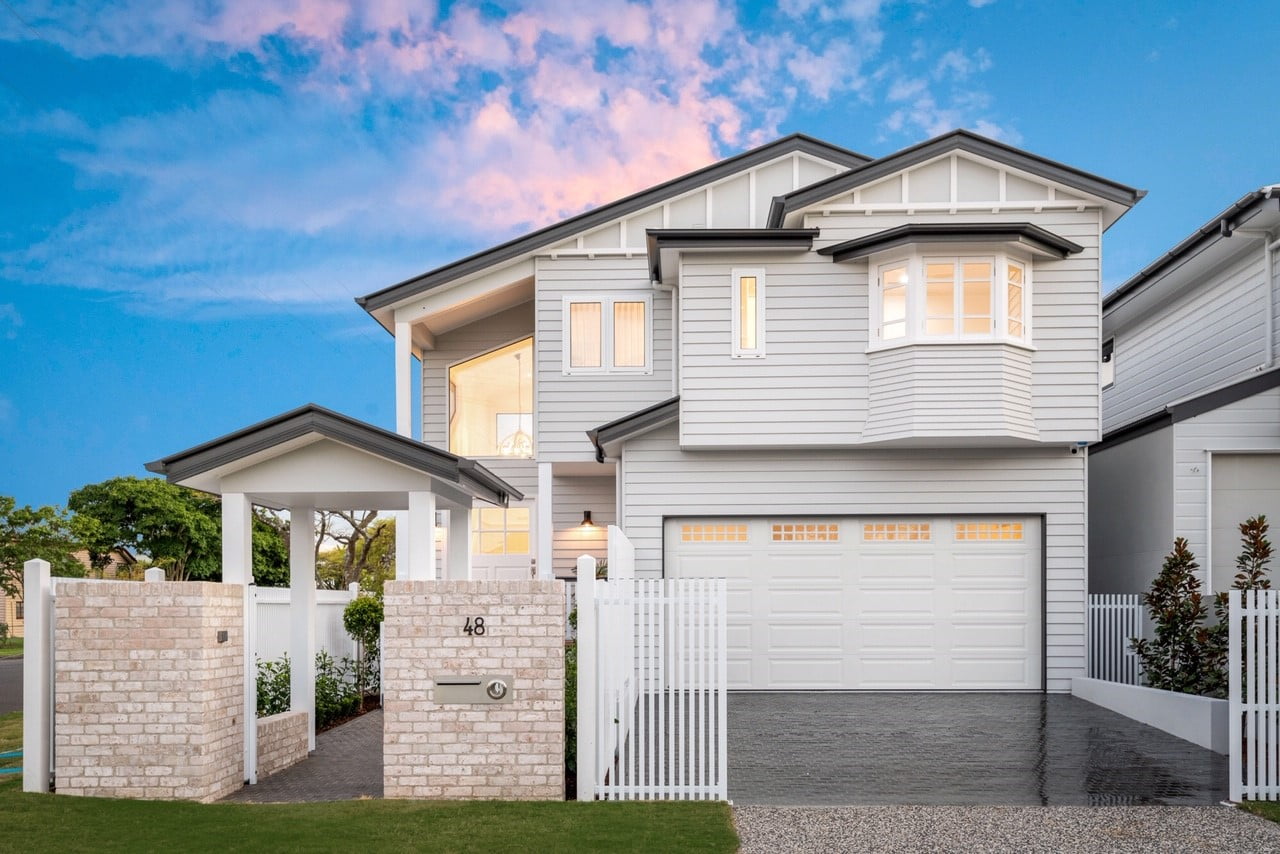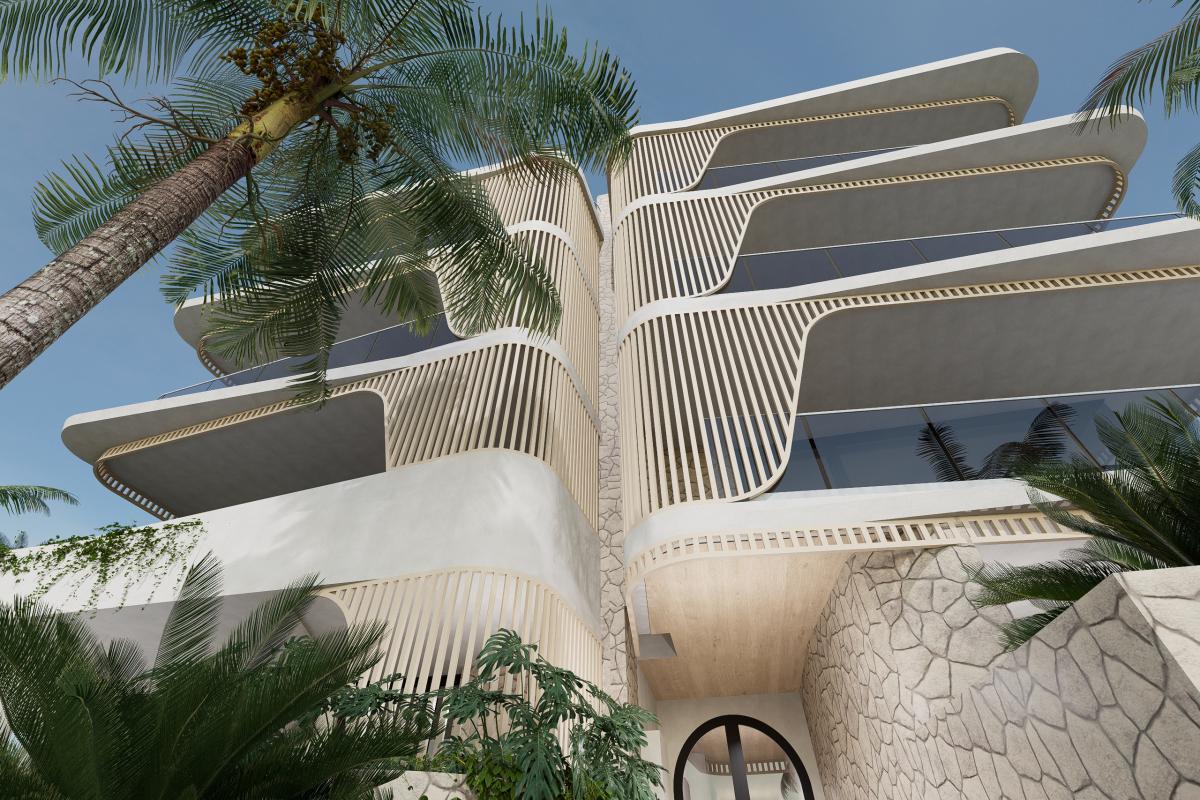Just How Residential Architects Create Customized Houses for every single Way Of Living
The process by which property architects layout customized homes is a nuanced interaction of understanding customer demands and equating those understandings right into practical living areas. With detailed consultations and the use of style devices, designers capture the essence of their clients' lifestyles, making certain that each home mirrors personal worths and desires.
Comprehending Client Demands

Effective communication is paramount in this process. Designers must urge clients to express their way of livings, family characteristics, and future desires, ensuring that the style reflects their special identification. By utilizing devices such as questionnaires, meetings, and visual studies, designers can gather important understandings right into the client's vision.
Furthermore, understanding the context in which a home will certainly exist is vital. Engineers should think about factors such as the website characteristics, local climate, and social impacts that can affect the style. This all natural technique enables for the production of spaces that are not only visually pleasing but likewise functional and lasting.
Ultimately, a deep understanding of client needs enables architects to produce personalized homes that enhance the lifestyle for their owners, promoting a sense of belonging and convenience within their living settings.
Design Refine and Collaboration
The design procedure in domestic architecture is a vibrant interaction of imagination and cooperation, where designers, clients, and various stakeholders function closely to bring a vision to life. This iterative journey usually begins with a collection of meetings to establish a comprehensive understanding of the customer's goals, choices, and lifestyle needs. Throughout these conversations, designers gather important info, allowing them to conceive layouts that align with the client's vision.
Complying with the first consultations, the layout stage evolves via sketches, 3D designs, and architectural renderings. This visual interaction serves as a tool for designers to present concepts, while additionally welcoming client feedback, ensuring that the last layout resonates with their assumptions. Reliable partnership with engineers, professionals, and interior developers is important during this stage, as it guarantees that all functional facets of the task are seamlessly incorporated.

Incorporating Way Of Life Aspects
Incorporating way of living elements into domestic design is vital for developing spaces that really resonate with the inhabitants. residential architecture homes. This process starts with understanding the distinct demands, choices, and day-to-day routines of the house owners. Designers participate in thorough discussions to uncover how the private or family members utilizes their area, whether for enjoyable guests, pursuing leisure activities, or looking for silent retreat
Once these understandings are gathered, designers can tailor design functions that improve day-to-day experiences. Open floor plans may be created for households that prioritize togetherness, while devoted workspaces can be integrated for those that work from home. Outdoor areas, such as patios or yards, can be highlighted for families that appreciate exterior activities or enjoyable.
In addition, adaptability is an essential consideration; multi-functional spaces permit adaptability as way of lives evolve in time. Customized storage space services can additionally be included to satisfy specific company demands, making sure that the home stays clutter-free and functional. Ultimately, by attentively weaving way of living aspects right into the building fabric, household architects produce tailored homes that not only satisfy visual needs however additionally considerably enhance the high quality of life for their customers.
Sustainable and Smart Style
Lasting and clever design significantly plays a pivotal role in domestic design, as home owners seek to lessen their environmental effect while enhancing their living experiences. Engineers are currently incorporating eco-friendly products, energy-efficient systems, and innovative modern technologies to produce homes that not just fulfill visual wishes however additionally serve the world.
Integrating renewable resource resources, such as solar panels and wind turbines, allows homeowners to harness natural sources, considerably decreasing dependence on traditional power grids. Smart home modern technologies better boost sustainability by enhancing energy use via automated systems that control air conditioning, heating, and lights based upon tenancy and choices.
Furthermore, the use of lasting structure materials-- like recovered timber, bamboo, and reused steel-- promotes a round economy, minimizing waste and resource consumption. Designers additionally stress easy style concepts, ensuring homes are oriented for optimum all-natural light and air flow, therefore minimizing the requirement for synthetic heating a fantastic read & cooling.
In addition to ecological advantages, lasting and smart design adds to the general convenience and health of locals. By focusing on interior air top quality and natural environments, architects produce spaces that foster health, enabling house owners to prosper in consistency with their environment.
Settling and Implementing Strategies
Completing and implementing plans is an important phase in the household architecture procedure, where the vision of visit the website a tailored home begins to emerge. This phase entails careful attention to detail, guaranteeing that every facet of the style is precisely articulated and all set for building and construction. residential architecture homes. Designers work together closely with customers to assess last plans, attending to any kind of final modifications or issues, while ensuring that all aspects align with the home owner's lifestyle demands
Once plans are finalized, designers prepare comprehensive building and construction records, consisting of thorough illustrations and specs that function as a plan for builders. These files describe products, finishes, and setup techniques, supplying clearness for subcontractors and service providers. Furthermore, safeguarding required permits and sticking to neighborhood building regulations is necessary, as it guarantees compliance and smooth job execution.
By fostering a collective setting, engineers can guarantee that the execution aligns with the original vision. Eventually, this important stage changes principles into truth, laying the foundation for a home that mirrors the distinct way of living and preferences of its inhabitants.
Final Thought
In verdict, residential designers play a pivotal duty in crafting tailored homes that provide to varied way of lives. With precise understanding of client needs, collective design processes, and the combination of way of life aspects, designers make certain that each home shows private choices.
The procedure by which residential engineers design customized homes is a nuanced interaction of understanding client needs and translating those insights into functional living spaces. Via extensive assessments and the use of design devices, architects capture the significance of their clients' lifestyles, making certain that each home reflects personal values and goals. Designers must motivate clients to express their way of livings, family members dynamics, and future aspirations, making sure that the layout reflects their one-of-a-kind identification.The layout process in domestic design is a vibrant interaction of imagination and collaboration, where engineers, customers, and different stakeholders work closely to bring a vision to life - residential visit this site architecture homes. With precise understanding of client demands, collaborative layout processes, and the assimilation of way of life elements, architects make sure that each home mirrors individual preferences